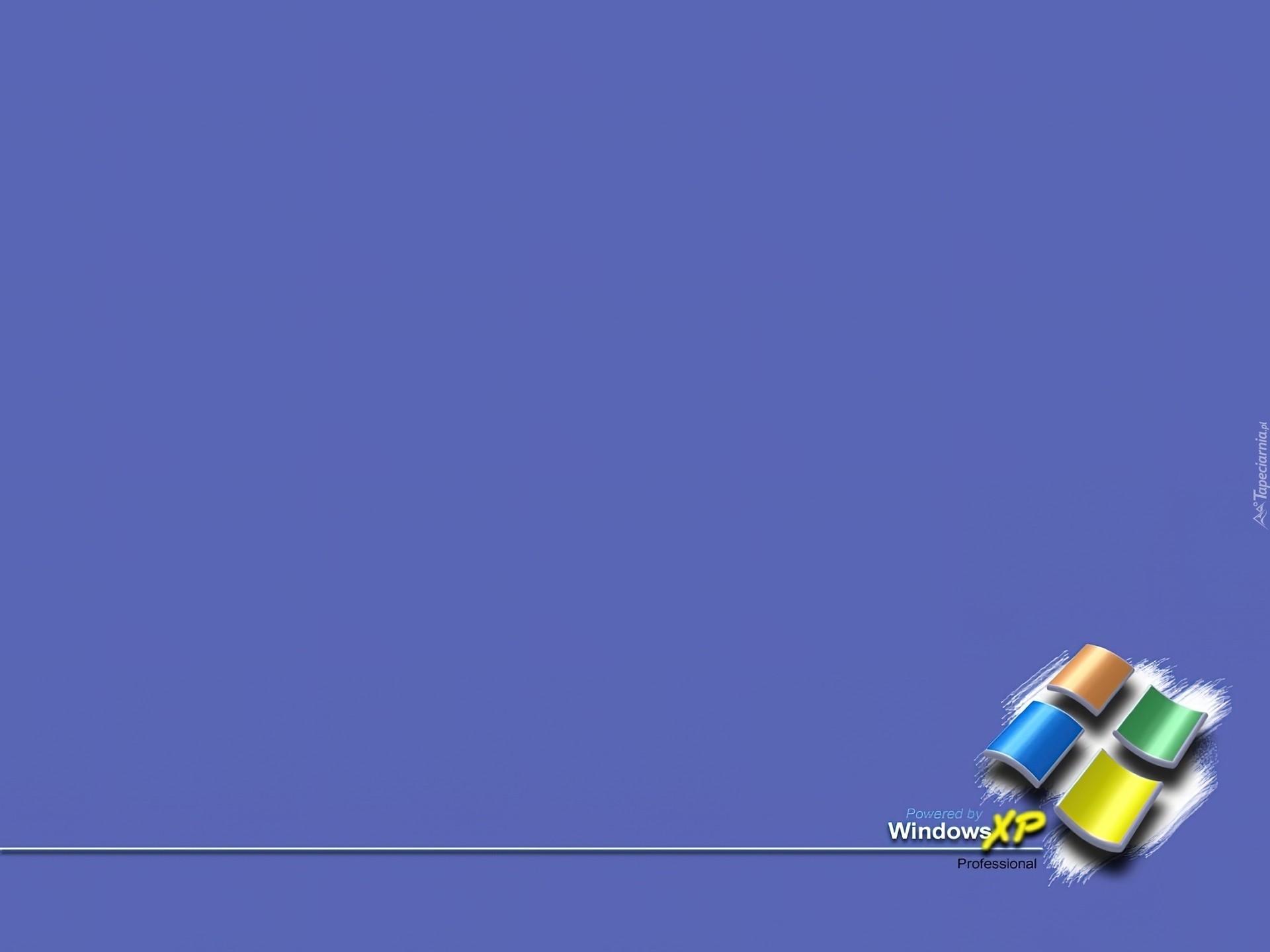

That’s why the traditional Windows device management solutions that IT admins have used for years are evolving to fit the needs of today’s IT landscape. It’s important to invest in a solution that can manage all devices from a single console.

IT’s habitual reliance on point solutions is cumbersome, costly and outdated. Fortunately for IT, it is possible to achieve this goal, and there are different ways of getting there beyond a traditional Windows MDM. As you transition your laptops and desktops, you also need to continue supporting legacy platforms. Organizations that haven’t completed their migration will soon have to make the move. With Windows 7’s end of life (EOL) set for 2020, Windows 10 is the Microsoft operating system (OS) of the future. Helping IT bridge the gap across all device form factors, Microsoft built application programming interfaces (APIs) into Windows 10 that allow security teams to manage laptops and desktops the same way they’ve managed smartphones and tablets for years. Beyond laptops and desktops, IT teams have long had access to mobile device management (MDM), which enables simple and robust administration of smartphones and tablets. When it comes to Windows device management, PC administrators have traditionally relied on tools that use agent-based technology to deliver security.


 0 kommentar(er)
0 kommentar(er)
